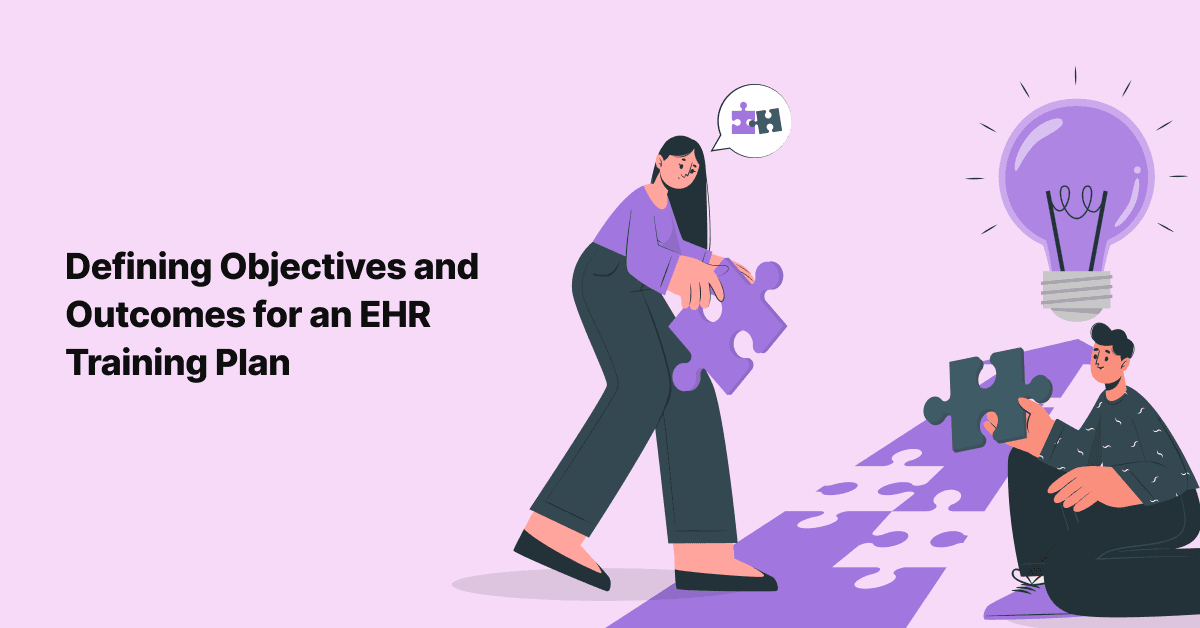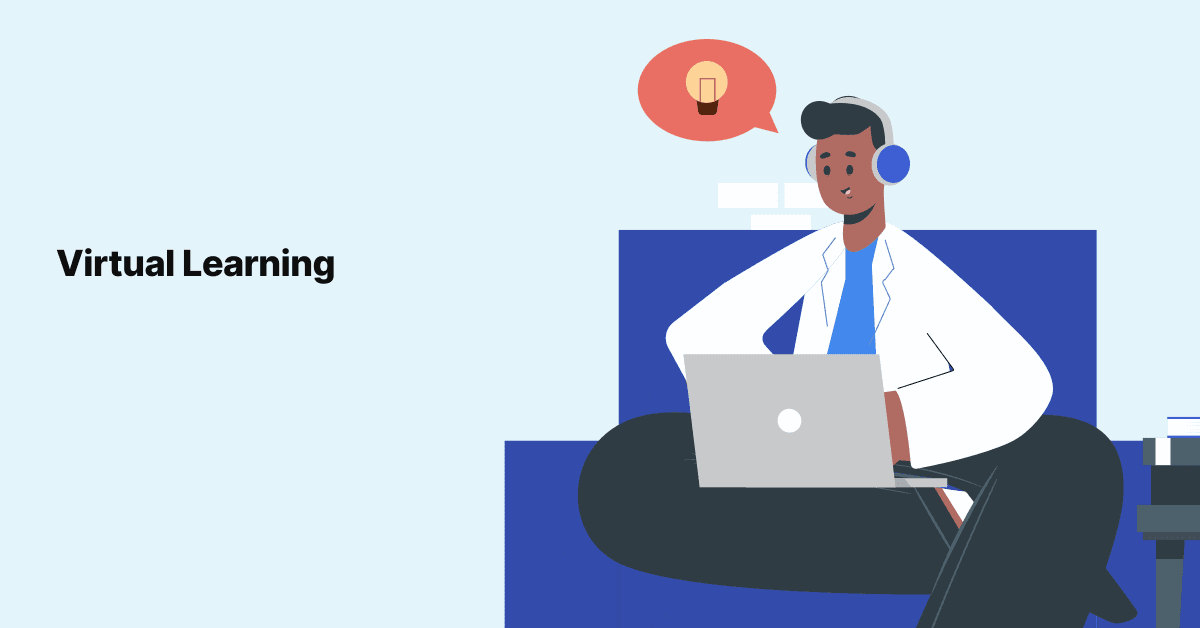
How to Define Clear Learning Objectives and Outcomes for an EHR Training Plan
In healthcare, your EHR system is your compass, guiding high-stakes decisions. EHR training acts as your …

Hospital project teams that are tasked with implementing Epic EHR have no shortage of important steps to manage. Training is the pinnacle of these efforts. When handled well, training can set the stage for empowered users and the promised ROI for administrators. However, we unfortunately see a lot of repeat mistakes when it comes to Epic training for hospitals. Today we’re offering a few words of wisdom given our experience assisting many clients on this front, as well as some tips for tackling this critical task like a pro!
A crucial aspect of creating great Epic training materials is to bear in mind the audience: busy clinical end users. With this in mind, we’ve seen hospitals and health systems opt for hefty training guides and videos that don’t allow for easy access to information that will help clinicians make use of their EHR in an efficient manner. Following adult learning best practices and creating brief training modules — be it videos under five-minutes, or quick start guides — hospitals will encourage better participation and retention of the content.
We are accustomed to a different kind of media these days, and it’s important to incorporate this into the training suite used for Epic implementation to better reach the full audience of users. Administrative staff (such as intake/front office professionals) may adore their training packets (physical copies of workflow steps) or quick start guides, while physicians may prefer videos that they can quickly digest between patients or whenever their schedules allow. Developing both physical and digital resources for Epic training will allow trainers to better serve all expected users, ultimately encouraging adoption and ROI realization.
Creating dynamic, multi-media training content to support EHR training is great, but if they’re never maintained or accounting for upgrades and optimizations to Epic, even the best resources will fail to drive results. Time is valuable to end users, and if they quickly identify outdated information or workflows in the training guides or training videos, they’ll likely be unwilling to continue and re-engage if/when updates are made. Honor the time of busy hospital providers by keeping materials fresh and allowing budget for periodic reviews for accuracy and successful engagement.
As many hospitals engage professional Epic trainers to handle their Go-live, the task of following up on training initiatives may get lost in the shuffle if not properly assigned to someone within the hospital to own. Even if the decision is made to outsource the on-going maintenance and creation of testing materials, it’s important someone within the health system has it on their radar (or literal calendars) to periodically evaluate the need for a refresh or update. Don’t wait for end users to tell you that the content is stale.
One last mistake of note often comes from health systems that go all-in on their initial launch of Epic, but fail to account for on-going needs…especially when it comes to training. You may get everyone trained, logged in, and using the technology, but what happens when the inevitable turn-over hits and new users need training? What if a physician has been on leave and needs a refresher upon their return to dive back in to handle their patient load? What happens when support staff need to review less-frequently-utilized workflows or modules to drive preferred processes? These scenarios are going to be tough to address with physical classroom training sessions as the lone option.
Digital learning for Epic training is a great solution to account for these needs, as it capitalizes on reproducible, on-demand training materials that can be easily scaled, reviewed and updated as needed. This successful approach also introduces the opportunity for quizzing participants to measure mastery and retention, as well as feedback to improve future training endeavors to best serve the end users (In fact, if we had to add a fourth common mistake, it would be not incorporating user feedback directly into the training program).
314e works with dozens of health systems and helps them deliver great Epic training. Our training programs can be onsite or online. Talk to us today for a customized training program that fits your needs!
Shifting toward cloud architecture is a great way to capitalize on nimble systems that organically lend themselves to gathering disparate data sources into well-defined models and pools (or lakes!) to drive cloud analytics. Healthcare data that is siloed does very little good. In fact, it can do great harm.
Let’s set information free to drive wise healthcare decisions based on objective metrics and robust data sets! Cloud analytics is the perfect solution for connecting systems and care settings beyond the walls of physical buildings (or server rooms) to innovate the industry.
Figuring out the best strategy for your organization can be very challenging. That is 314e brings a special 1-hour live Webinar, “Jump-start your Health Data Strategy,” to discuss some best practices. Claim your spot now!
Join over 3,200 subscribers and keep up-to-date with the latest innovations & best practices in Healthcare IT.

In healthcare, your EHR system is your compass, guiding high-stakes decisions. EHR training acts as your …

Virtual learning. What is it? Who does it? And most importantly, who is successful at it?
These are the …

The need for software support in healthcare is inevitable, especially with the transition to EMRs. Service …